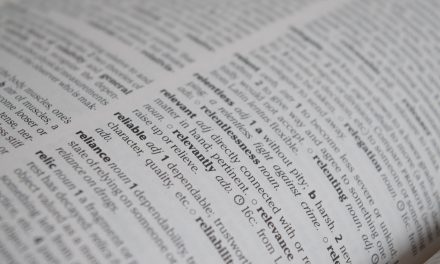In mid-August, the UK Department for Environment, Food, and Rural Affairs (Defra) released a review of ways green infrastructure contributes to economic growth. The report compiles evidence from several case studies, concluding that green infrastructure increases property values and inward investment, visitor spending, job creation, and health benefits, and it helps prevent environmental costs.
According to a study by the Urban Land Institute, which is cited in the report, 95% of European real estate developers and consultants think green space adds value to commercial property, and, on average, developers are willing to pay 3% — and in some cases, as much as 20% — for land near green space.
In the UK, parks departments, nature reserves, landscape services, and others in the green-space sector, account for 5% of all jobs, according to a CABE Space study cited in the report.
Another study by GEN Consulting, also cited in the report, shows that improvements to Glasgow Green generated the equivalent of 35 full-time jobs and nearly $12 million (£8 million) in additional wages during the 8-year study period. The project also led to increased council tax revenue of between $1.24 million and $3.1 million (£800,000 and £2 million).
Green infrastructure is defined in the report as the “planned approach to the delivery of nature in the city.” The report’s definition includes street trees, green roofs, wetlands, and other green spaces, which deliver stormwater management benefits, as well as the cited economic advantages. Defra and Natural England commissioned the study, which was conducted by Economics for The Environment Consultancy and Sheffield Hallam University. Read the report.




